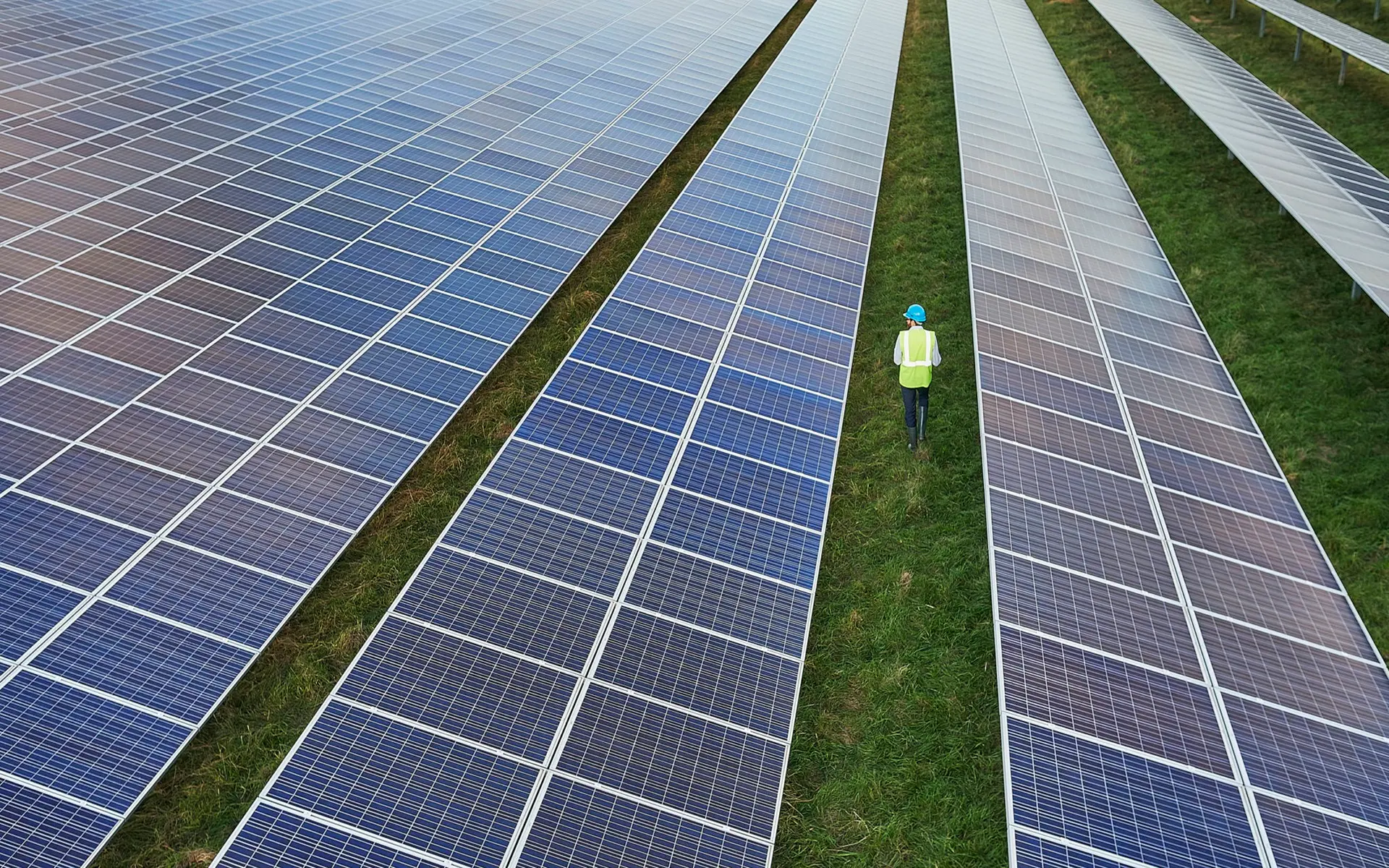Introduction: Harnessing the Power of the Sun
In an era of increasing environmental awareness and the pressing need for sustainable energy solutions, homemade solar panels stand out as a beacon of hope. With the world’s focus shifting towards renewable energy sources, the idea of creating solar panels at home has gained significant traction. In this comprehensive guide, we delve into the revolutionary concept of homemade solar panels, exploring how they offer a pathway to renewable energy independence right from the comfort of your own home.
Understanding Homemade Solar Panels
The Basics of Solar Energy
Before delving into the intricacies of homemade solar panels, it’s essential to grasp the fundamentals of solar energy. At its core, solar energy is harnessed from the sun’s rays through the use of photovoltaic cells, commonly known as solar panels. These panels convert sunlight into electricity, offering a clean and sustainable energy source.
The Rise of DIY Solar Panels
With advancements in technology and increased accessibility to solar components, the concept of DIY solar panels has gained immense popularity. DIY enthusiasts, environmentalists, and homeowners alike are now embracing the idea of crafting their own solar panels to harness the power of the sun and reduce their carbon footprint.
Crafting Your Own Solar Panels: A Step-by-Step Guide
Step 1: Procuring the Necessary Materials
To embark on your homemade solar panel journey, you’ll first need to gather the essential materials. These typically include solar cells, a backing material such as plywood or glass, bus wire, flux pen, and a soldering iron. Additionally, you’ll require silicone sealant, UV-resistant varnish, and a frame to encase the solar panel.
Step 2: Assembling the Solar Cells
Once you’ve gathered the materials, the next step involves assembling the solar cells onto the backing material. This process requires precision and care to ensure optimal performance. Begin by arranging the solar cells in a desired pattern, ensuring they are evenly spaced and aligned.
Step 3: Wiring and Soldering
With the solar cells in place, it’s time to connect them using bus wire and soldering. This step involves carefully soldering the connections between each solar cell to create a series circuit. Attention to detail is crucial here, as any loose connections can impact the efficiency of the solar panel.
Step 4: Sealing and Varnishing
Once the wiring is complete, seal the solar panel edges with silicone sealant to protect against moisture and environmental elements. Apply UV-resistant varnish to the surface to enhance durability and longevity. These steps ensure that your homemade solar panel is resilient and capable of withstanding varying weather conditions.
Step 5: Mounting and Installation
With your homemade solar panel assembled and sealed, it’s time for mounting and installation. Choose a location that receives ample sunlight throughout the day, such as a rooftop or garden. Secure the solar panel in place using a sturdy frame or mounting brackets, ensuring it is angled towards the sun for optimal energy absorption.
Benefits of Homemade Solar Panels
Cost-Efficiency
One of the primary advantages of homemade solar panels is their cost-efficiency. By crafting your own solar panels, you can significantly reduce installation costs compared to purchasing pre-made systems. Additionally, DIY solar panels allow for customization to suit your specific energy needs and budget.
Environmental Sustainability
Embracing homemade solar panels promotes environmental sustainability by reducing reliance on fossil fuels and lowering carbon emissions. By harnessing the abundant energy of the sun, you contribute to a cleaner and greener future for generations to come.
Energy Independence
Creating solar panels at home empowers individuals and communities to achieve energy independence. By generating your own electricity, you reduce dependence on traditional power sources and mitigate the impact of utility price fluctuations.
Conclusion: Empowering the Future with Homemade Solar Panels
homemade solar panels represent a groundbreaking innovation in the realm of renewable energy. By harnessing the power of the sun through DIY solar panel construction, individuals can take proactive steps towards a sustainable and eco-friendly future. Whether you’re a seasoned DIY enthusiast or a novice homeowner, embarking on the journey of homemade solar panels holds the promise of a brighter, cleaner tomorrow.
